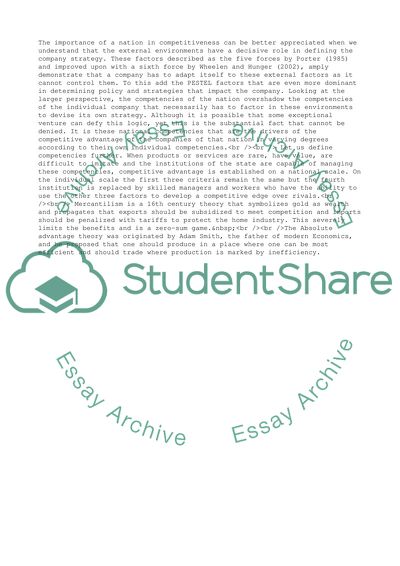Cite this document
(Porter's Diamond Case Study Example | Topics and Well Written Essays - 2000 words, n.d.)
Porter's Diamond Case Study Example | Topics and Well Written Essays - 2000 words. Retrieved from https://studentshare.org/business/1715269-explain-and-illustrate-how-porters-diamond-of-national-advantage-influences-innovation-in-a-nation-discuss-and-illustrate-its-implications-for-policy-making
Porter's Diamond Case Study Example | Topics and Well Written Essays - 2000 words. Retrieved from https://studentshare.org/business/1715269-explain-and-illustrate-how-porters-diamond-of-national-advantage-influences-innovation-in-a-nation-discuss-and-illustrate-its-implications-for-policy-making
(Porter'S Diamond Case Study Example | Topics and Well Written Essays - 2000 Words)
Porter'S Diamond Case Study Example | Topics and Well Written Essays - 2000 Words. https://studentshare.org/business/1715269-explain-and-illustrate-how-porters-diamond-of-national-advantage-influences-innovation-in-a-nation-discuss-and-illustrate-its-implications-for-policy-making.
Porter'S Diamond Case Study Example | Topics and Well Written Essays - 2000 Words. https://studentshare.org/business/1715269-explain-and-illustrate-how-porters-diamond-of-national-advantage-influences-innovation-in-a-nation-discuss-and-illustrate-its-implications-for-policy-making.
“Porter'S Diamond Case Study Example | Topics and Well Written Essays - 2000 Words”. https://studentshare.org/business/1715269-explain-and-illustrate-how-porters-diamond-of-national-advantage-influences-innovation-in-a-nation-discuss-and-illustrate-its-implications-for-policy-making.


